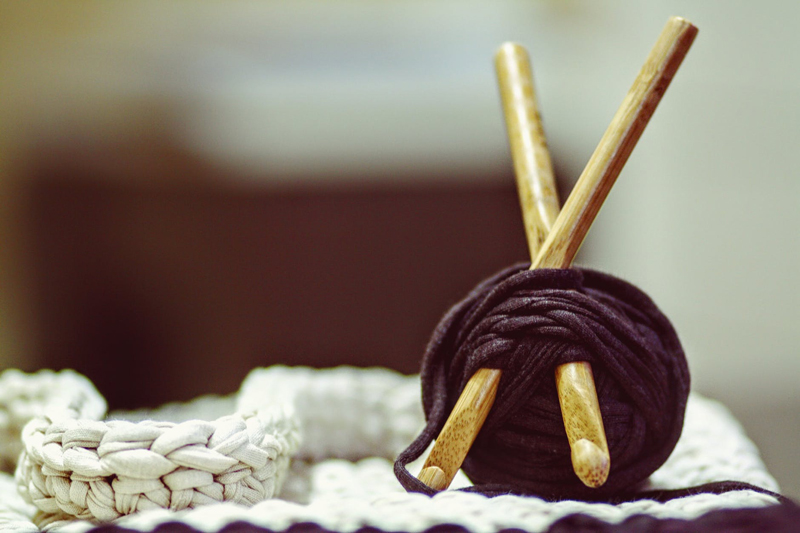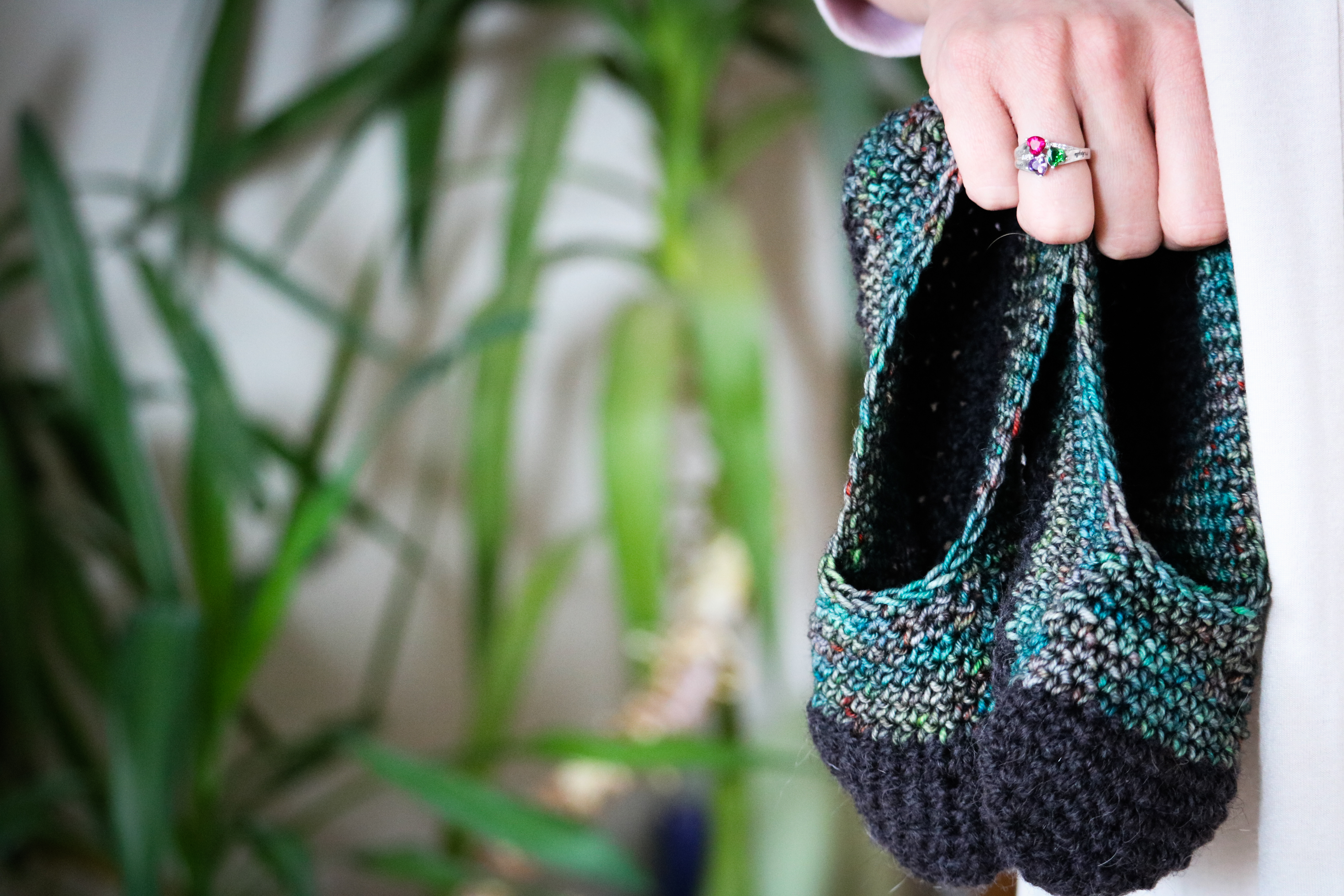Crochet with Charts and Graphs

Crochet is an extremely versatile craft. Many people think they have to be able to read a written pattern to be able to crochet. That's simply not true. A graph or chart can be used to make beautiful projects. One only needs to understand basic crochet stitches and have a graph (or chart) of the design he/she wishes to make. The simpler the graph, the easier the pattern. Graphs with many colors or too many different stitches are difficult to follow and complete. There are three ways to crochet with graphed charts.
The Tapestry Crochet Technique
With this technique, different colors of yarn are switched back and forth to create motifs. The yarn not being worked is usually held on top of the row and crocheted over by the working yarn so that they do not show. The result mimics tapestry weaving. Tapestry crochet can be worked in the round, one row at a time, or the rows worked back and forth. You should be comfortable with changing colors with this method.
The Fair Isle Technique
This technique is also called stranding. With this technique, the unused color/s are stranded along the back of the work, just like with Fair Isle knitting. It works best for designs where the unused color doesn't have to travel more than two or three stitches across the back. You should also be comfortable with changing colors with this method.
Cross Stitch
With this technique, the chart or graph is cross stitched onto a background canvas of single crochet stitches or Tunisian crochet, also called afghan stitch. If you enjoy cross stitch, you may enjoy this technique.
All three methods make great designs for afghans, baby blankets, pillows, dishcloths, etc. You can also make interesting sweaters with graphic or geometric motifs on them. Try all three methods and see which one you like best.
If you have questions feel free to send an email or post them in the forum using the links provided in the right hand column. Also feel free to share any suggestions or great tips for for using graphs and charts in your crochet projects.


The Tapestry Crochet Technique
With this technique, different colors of yarn are switched back and forth to create motifs. The yarn not being worked is usually held on top of the row and crocheted over by the working yarn so that they do not show. The result mimics tapestry weaving. Tapestry crochet can be worked in the round, one row at a time, or the rows worked back and forth. You should be comfortable with changing colors with this method.
The Fair Isle Technique
This technique is also called stranding. With this technique, the unused color/s are stranded along the back of the work, just like with Fair Isle knitting. It works best for designs where the unused color doesn't have to travel more than two or three stitches across the back. You should also be comfortable with changing colors with this method.
Cross Stitch
With this technique, the chart or graph is cross stitched onto a background canvas of single crochet stitches or Tunisian crochet, also called afghan stitch. If you enjoy cross stitch, you may enjoy this technique.
All three methods make great designs for afghans, baby blankets, pillows, dishcloths, etc. You can also make interesting sweaters with graphic or geometric motifs on them. Try all three methods and see which one you like best.
If you have questions feel free to send an email or post them in the forum using the links provided in the right hand column. Also feel free to share any suggestions or great tips for for using graphs and charts in your crochet projects.

You Should Also Read:
Shamrock Hot Pad (Tapestry Crochet)

Related Articles
Editor's Picks Articles
Top Ten Articles
Previous Features
Site Map
Content copyright © 2023 by Melissa Rodriguez. All rights reserved.
This content was written by Melissa Rodriguez. If you wish to use this content in any manner, you need written permission. Contact Holly Messenger Aamot for details.




